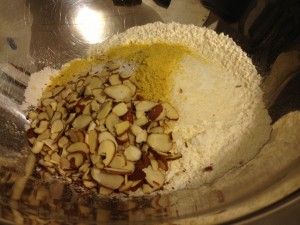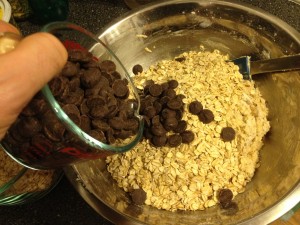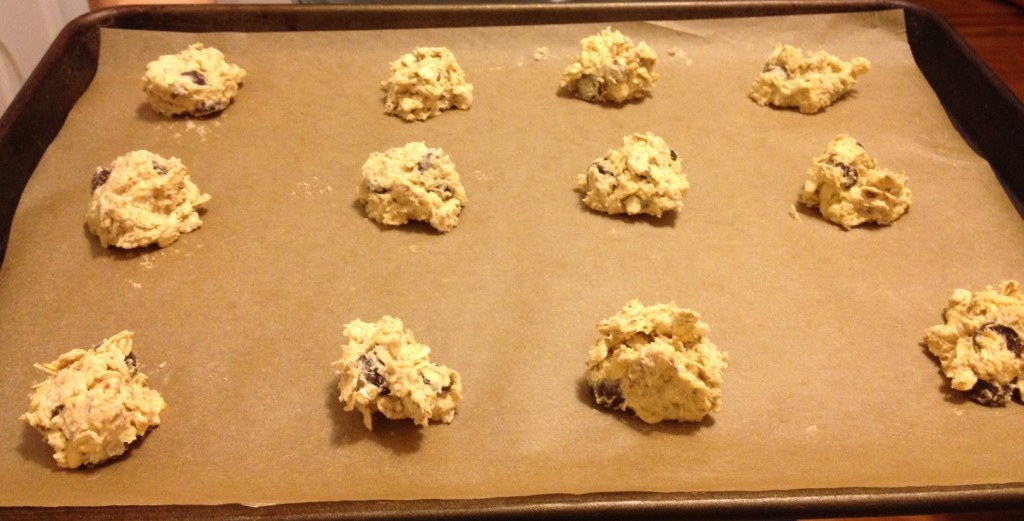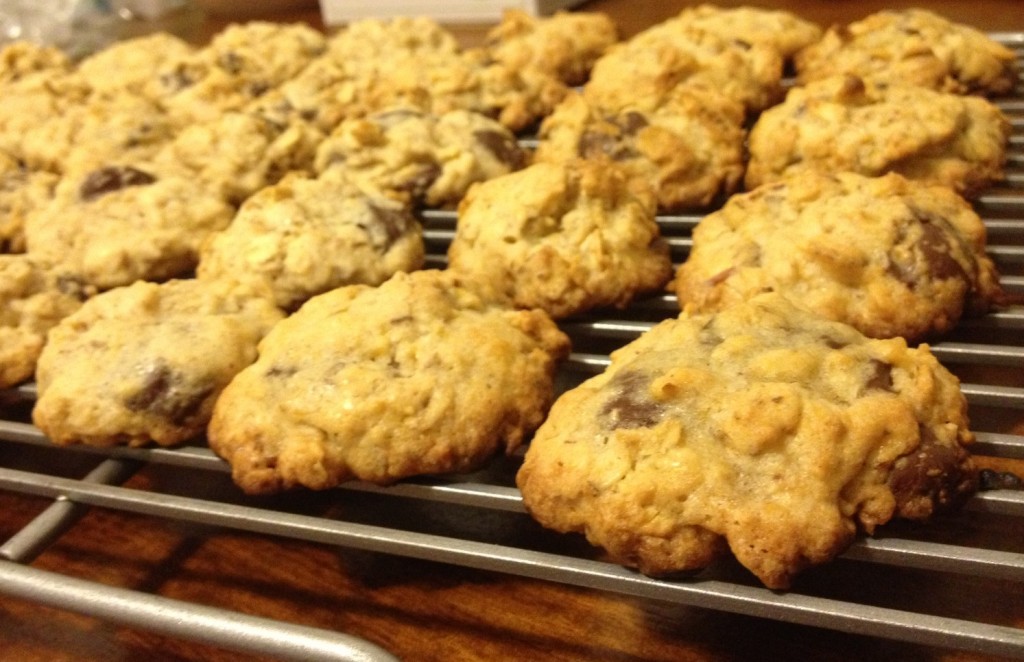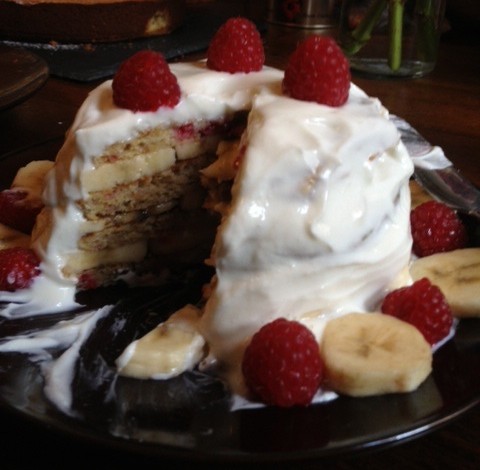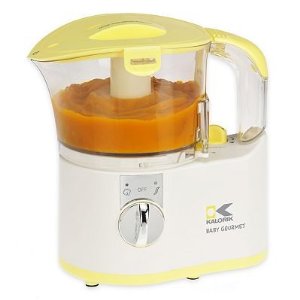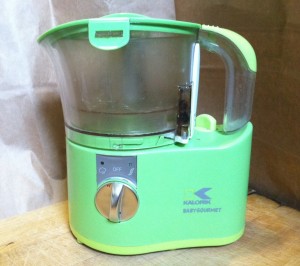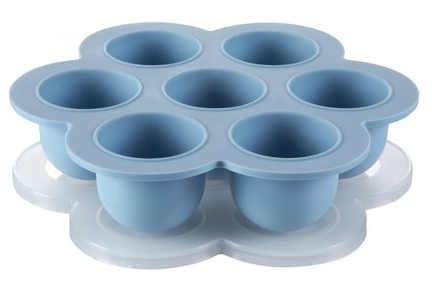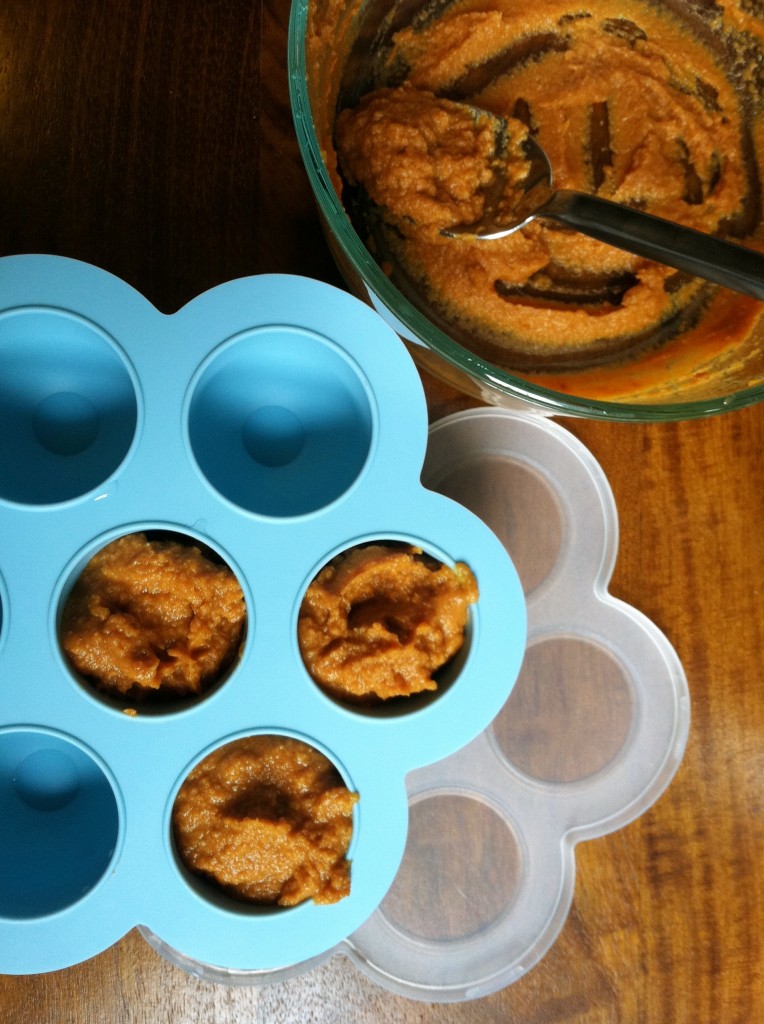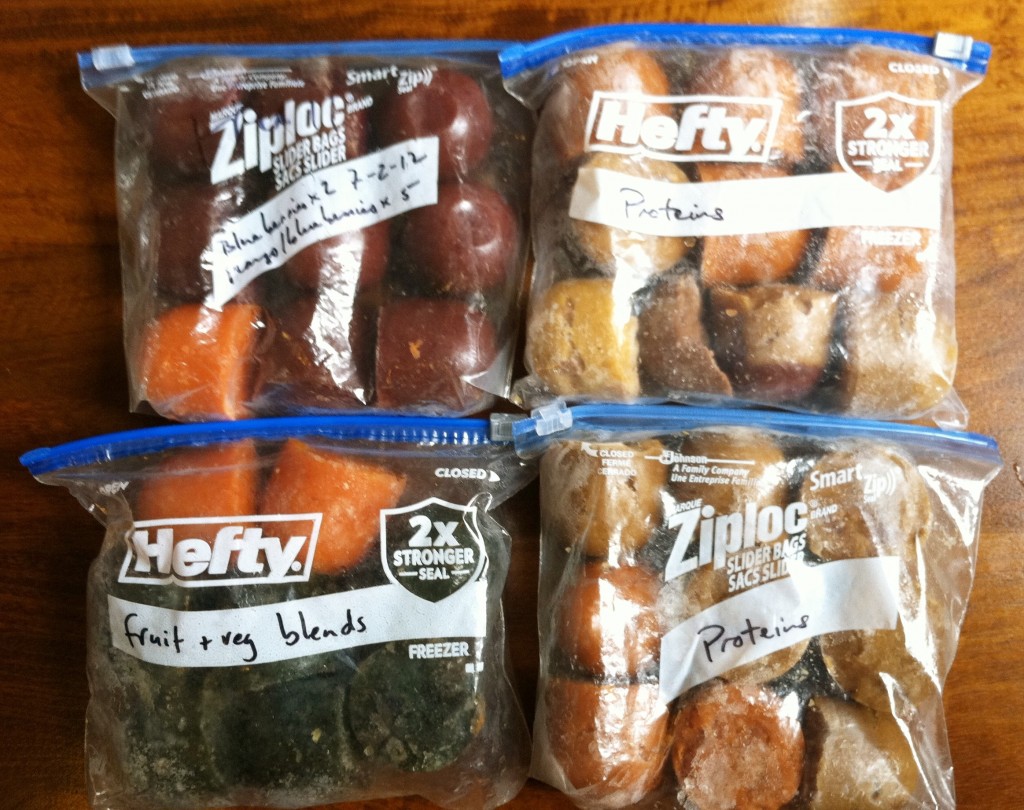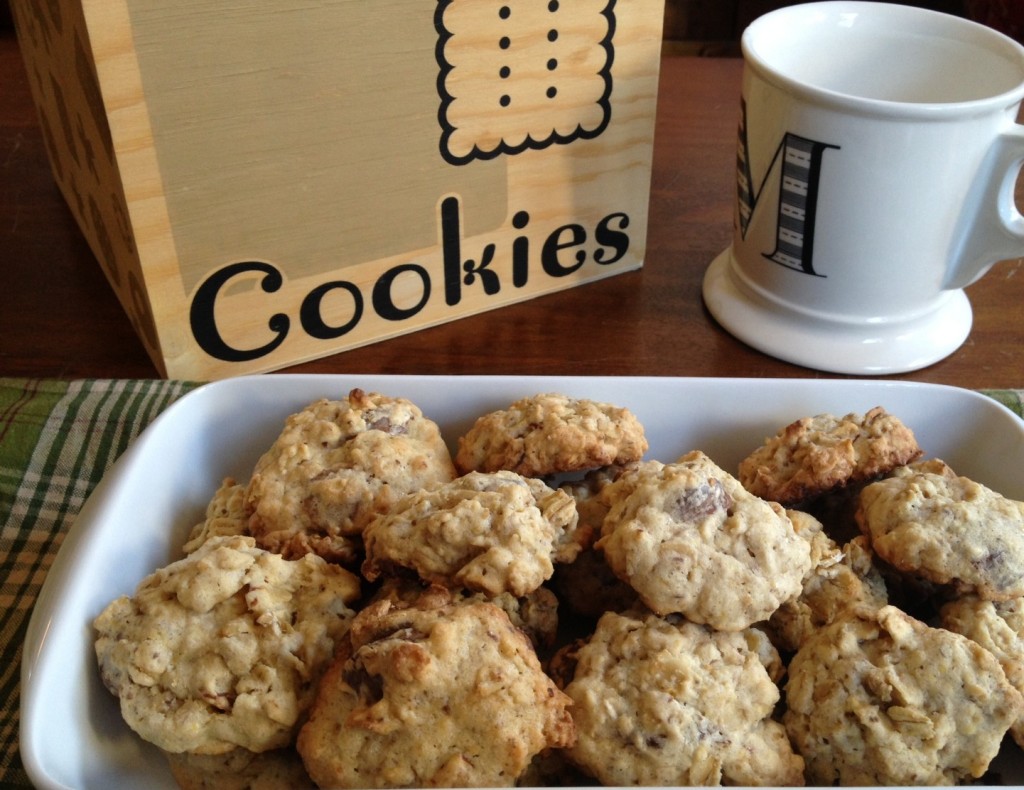 I started making lactation cookies for Megan about 8 months ago. She’d returned from a Mommy-Meet-Up with a few of her fellow December Moms, and had been raving about how delicious they were. She’d tried to save one for me to sample, but ended up eating it … “for Niko, afterall…” Ever a fan of homemade cookies (really, though, who isn’t…), and looking for ways to contribute to feeding Niko early on, I set out to recreate the cookies she’d swore were good enough to eat by the plateful.
I started making lactation cookies for Megan about 8 months ago. She’d returned from a Mommy-Meet-Up with a few of her fellow December Moms, and had been raving about how delicious they were. She’d tried to save one for me to sample, but ended up eating it … “for Niko, afterall…” Ever a fan of homemade cookies (really, though, who isn’t…), and looking for ways to contribute to feeding Niko early on, I set out to recreate the cookies she’d swore were good enough to eat by the plateful.
Lactation Cookies
(adapted from recipe at Epicurious.com)
Ingredients
– 1 cup butter
– 1 cup sugar
– 1 cup brown sugar
– 4 tablespoons water
– 2 tablespoons flaxseed meal (no substitutions)
– 2 Lg eggs
– 1 teaspoon vanilla
– 2 cups flour
– 1 teaspoon baking soda
– 1 teaspoon salt
– 1 tablespoon unsweetened shredded coconut
– 3 cups thick cut oats
– 1 cup chocolate chips
– 1/4 cup sliced almonds
– 2 tablespoons brewer’s yeast (no substitutions)
Yield: depending on your desired cookie size, can make 10 – 12 dozen cookies
Preparation Instructions
Preheat the oven to 375 degrees. Mix the flaxseed meal and water, set aside 3-5 minutes. In a stand mixer, cream the butter and sugar, 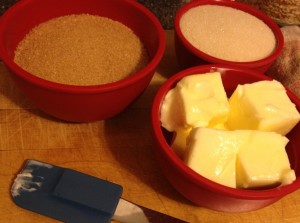
then add the eggs one at a time until blended. Stir the flaxseed meal mixture into butter, eggs and sugar, and then add the vanilla. Mix until well blended. In a large bowl, sift together the dry ingredients, except the oats and chocolate chips.
Stir the butter mixture into the dry ingredients, and then add in the oats and the chocolate chips.
Spoon the cookie dough onto parchment paper-lined baking sheets (unless you’re okay with cookies that taste like roasted carrots). Bake 8-12 minutes.
A note on sugars: Though it costs more, we exclusively use natural or “raw” cane sugars like turbinado, muscovado or Demerara when a recipe calls for brown sugar. According to Heidi Swanson in her book, Super Natural Cooking, commercial brown sugar used to be a semi-refined version of white sugar, and therefore viewed as a more healthy sweetener. However, now-a-days, brown sugar is simply refined white sugar that has molasses added back to add some color. Perhaps it’s all in my head, but I prefer the rich, deep flavors of natural sugar to refined. Refined white sugar, while undeniably sweet, lacks dimension. In terms of “white” sugar, we use Florida Crystals.

